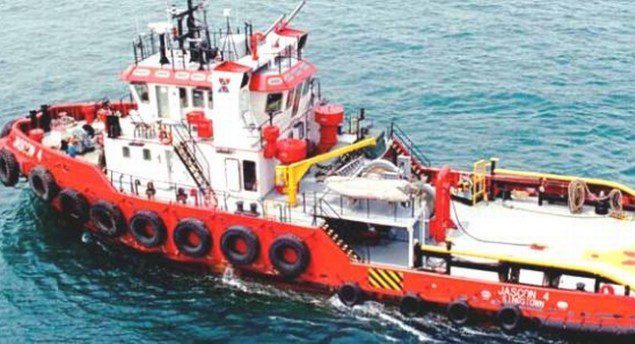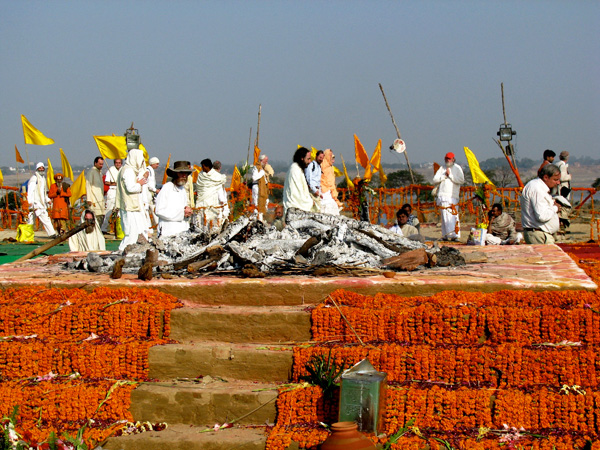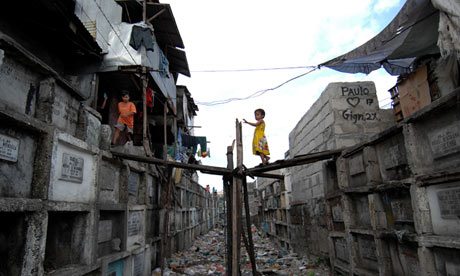
The soldier bent to his work, careful as a diamond cutter. He carried no weapon or rucksack, just a small plastic ruler, which he used to align a name plate, just so, atop the breast pocket of an Army dress blue jacket, size 39R.
Staff members at the Dover Port Mortuary discuss the honor — and challenge — of preparing fallen American soliders for their final journeys home.
Sergeant Deynes, guided by an official military record, assembles the badges, medals, unit patches and ribbons that would go on the dress jacket.
“Blanchard,” the plate read.
Capt. Aaron R. Blanchard, a 32-year-old Army pilot, had been in Afghanistan for only a few days when an enemy rocket killed him and another soldier last month as they dashed toward their helicopter. Now he was heading home.
But before he left the mortuary here, he would need to be properly dressed. And so Staff Sgt. Miguel Deynes labored meticulously, almost lovingly, over every crease and fold, every ribbon and badge, of the dress uniform that would clothe Captain Blanchard in his final resting place.
“It’s more than an honor,” Sergeant Deynes said. “It’s a blessing to dress that soldier for the last time.”
About 6,700 American service members have died in the wars in Iraq and Afghanistan, and almost every one of their remains have come through the Dover Port Mortuary. Yet only since 2009 have journalists been allowed to photograph coffins returning from the war zones, the most solemn of rites at this air base. The intimate details of the process have been kept from public view.
But recently the Air Force, which oversees the mortuary, allowed a reporter and a photographer to observe the assembling of dress uniforms for those who have died. A small slice of the process, to be sure, but enough to appreciate the careful ritual that attends the war dead of the United States military.
And enough to glimpse the arc of two long wars.
Housed in a partly unheated building before the wars began, the mortuary moved into a new 72,000-square-foot building in 2003 after the invasion of Iraq. Then, as the wars expanded, so did the mortuary staff: from 7 workers in 2001 to more than 60 today.
War also brought, for a time, unrelenting work. During the peak of fighting in Iraq in 2006 and 2007, 10 to 20 bodies arrived here each day, and embalmers often worked all night to get remains home on time.
“I have deployed to Afghanistan,” said Col. John M. Devillier, the commander of Air Force Mortuary Affairs Operations. “But I’ve seen more war here.”
For each of the war dead, the journey through Dover begins with the arrival of a cargo jet that is met by military officials and, usually, family members. A team of service members wearing white gloves carries the coffins, covered with flags, to a white van that takes them to the Armed Forces Medical Examiner. Once an autopsy is completed, the work of the mortuary staff begins.
Remains are first embalmed and then washed. Hands are scrubbed clean, hair is shampooed. Where appropriate, bones are wired together and damaged tissue is reconstructed with flesh-toned wax. Using photographs, or just intuition, the embalmers try to recreate the wrinkles in faces, the lines around mouths, the corners and lids of eyes.
“It has to look normal, like someone who is sleeping,” said Petty Officer First Class Jennifer Howell, a Navy liaison at the mortuary who has a mortician’s license.
Once the body is ready, the mortuary staff prepares dress uniforms for each, even if the coffin is closed at the funeral with the uniform laid on top of the remains, and even if the body is to be cremated.
Work on Captain Blanchard’s uniform began the morning after his body arrived at Dover, in a room lined with wood closets and walls hung thick with military accouterments. There, Sergeant Deynes, guided by the captain’s official military record, began assembling the dozens of badges, medals, unit patches and ribbons that would go on the dress jacket.
Purple, orange and gold captains’ bars, denoting an aviator. Purple Heart. Overseas Service Badge. Sergeant Deynes searched along the walls and in tiny plastic drawers for each. Then he assembled the ribbons denoting the captain’s awards in the proper order according to precedence: a Bronze Star, his highest medal, went on the top, and the others followed like the words on a page.
When finished, he slipped them onto a metal “ribbon rack” and pinned it above the jacket’s left breast pocket. Then he took a photograph to be sent to Army personnel headquarters at Fort Knox for double checking. The process has to be “100 percent perfect,” said William Zwicharowski, the Dover Port Mortuary branch chief, because “a lot of times, families are in denial and they want to find something that gives them hope that it wasn’t their son or daughter.”
Cpl. Landon L. Beaty, the Marine Corps liaison, recalled receiving a hard lesson in uniform assemblage when he first came to the mortuary last year. After inspecting a Marine’s uniform for loose threads, he thought he had found every one — until his boss found 73 more. Corporal Beaty voluntarily did three push-ups for each missed thread.
Working so intimately with the dead can take a toll, so the mortuary has a large gym and a recreation room where workers are encouraged to blow off steam. A team of chaplains and mental health advisers are available for counseling.
Mr. Zwicharowski, a former Marine, said many workers were haunted by the youthfulness of the dead, and by the fact that so many leave behind children. He counsels his staff to avoid researching their backgrounds, but he has not always abided by his own advice.
After the Sept. 11 attacks, he read a note placed in the coffin of a boy who died on the jet that crashed into the Pentagon. It was from a brother, thanking the boy for defending him on the playground days before.
“It was something I wish I didn’t do, and I learned my lesson not to do it again,” Mr. Zwicharowski said, fighting back tears. “If I knew the story of every individual who went through here, I would probably be in a padded cell.”
Mr. Zwicharowski was one of several employees who reported problems at the mortuary several years ago that included workers losing body parts and sawing off the arm of a dead Marine without consulting his family.
According to a report issued in late 2011 by the Office of Special Counsel, a federal agency that handles complaints from whistle-blowers, senior mortuary officials tried to cover up the problems and then punished the employees who reported them, including Mr. Zwicharowski. Since then, the Air Force has removed those officials, installing Colonel Devillier as the commander and promoting Mr. Zwicharowski to mortuary chief.
“We’re in a posture better than we ever have been,” said Mr. Zwicharowski, who was the director of a private funeral home in Pennsylvania before joining the Dover mortuary in 1999.
Sergeant Deynes began putting the final touches on Captain Blanchard’s uniform immediately after it returned from the base tailor, who had sewn captain’s bars onto the jacket shoulders and purple and gold aviator braids onto the sleeves — three inches above the bottom, to be exact. The sergeant starched and pressed a white shirt, ironed a crease into the pants, steamed wrinkles out of the jacket and then rolled a lint remover over all of it, twice.
Gently, he laid the pieces onto a padded table. Black socks protruded from the pants and white gloves from the sleeves. The funeral would be a closed coffin, but it all still had to look right.
“They are not going to see it,” he said. “I do it for myself.”
A week later, Captain Blanchard’s remains were flown to his home state, Washington, where he was buried in a military cemetery near Spokane.
His mother, Laura Schactler, said Captain Blanchard enlisted in the Marines after high school and served two tours in Iraq before marrying and returning home to attend college on an Army R.O.T.C. scholarship. After graduating, he learned to fly Apache attack helicopters, fulfilling a boyhood dream.
Before his funeral, Ms. Schactler spent time alone with her son but did not open his coffin. But later that night, she said, her husband and two other sons did, wanting to say one last farewell.
Inside, they saw a uniform, white gloves crossed, buttons gleaming, perfect in every detail.
Sunday 26 May 2013
http://www.nytimes.com/2013/05/26/us/intricate-rituals-for-fallen-americans-troops.html?pagewanted=all&_r=0


































